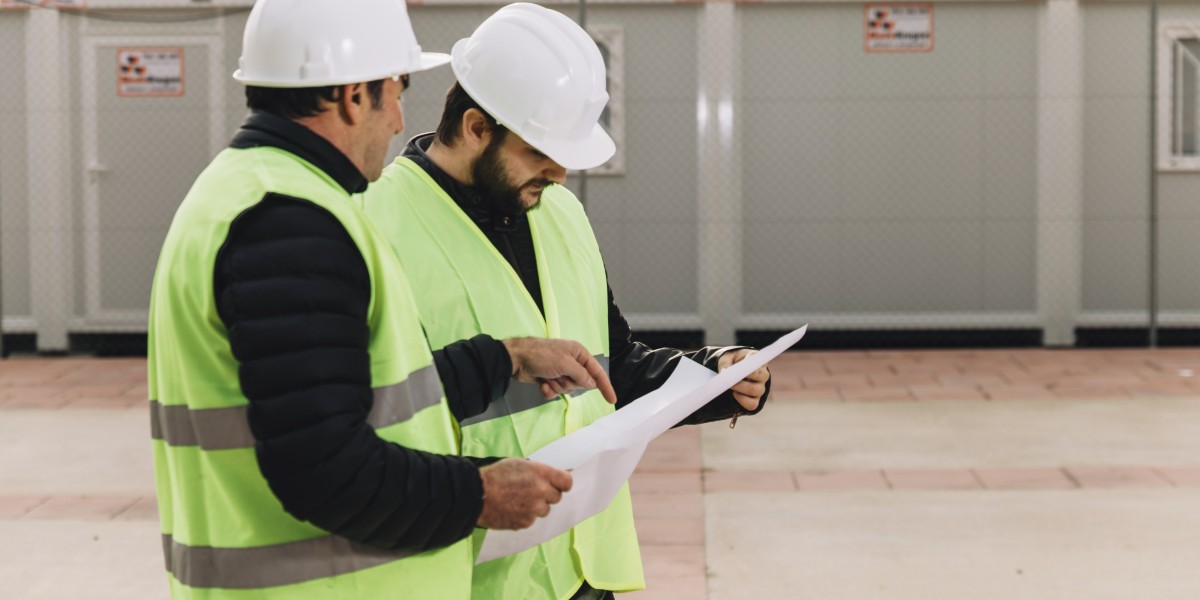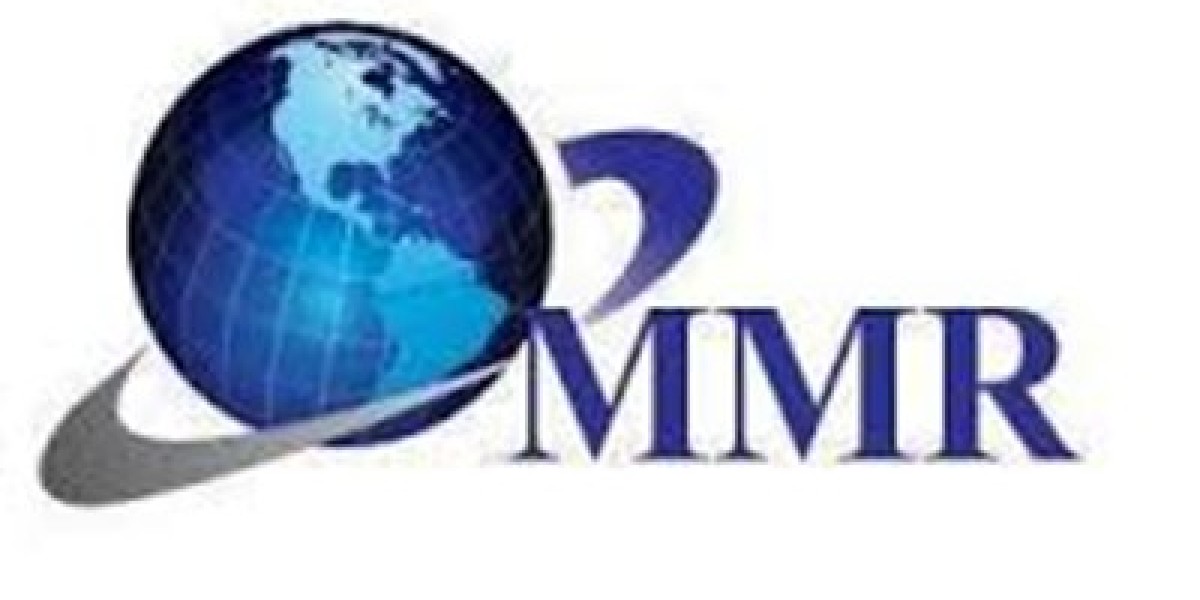In today's fast-paced work environments, ensuring the safety and well-being of employees is paramount. Workplace hazards pose significant risks to workers, potentially leading to accidents, injuries, and even fatalities. However, these risks can be identified and mitigated effectively with proper measures, such as Barrier Risk Assessments (BRAs). In this article, we delve into how Barrier Risk Assessments in the UK play a crucial role in safeguarding workers and creating safer workplaces.
What are Barrier Risk Assessments?
Barrier Risk Assessments, commonly called BRAs, are systematic evaluations conducted to identify potential hazards and risks within a workplace environment. The primary objective of BRAs is to assess the effectiveness of existing safety measures and to determine whether additional measures are required to mitigate risks adequately. By examining various barriers, such as physical, procedural, and organizational, BRAs provide insights into potential vulnerabilities and areas for improvement.

The Legal Framework for Barrier Risk Assessments in the UK
In the UK, workplace safety is governed by a comprehensive legal framework to protect employees' health and well-being. The Health and Safety at Work Act 1974 and various regulations and guidelines mandate employers to assess and manage risks effectively. Barrier Risk Assessments are integral to these obligations, ensuring compliance with legal requirements and promoting organisational safety culture.
Conducting Barrier Risk Assessments
The process of conducting a Barrier Risk Assessment involves several key steps:
Identifying Hazards: The first step is to identify potential hazards within the workplace environment. This may include physical hazards such as machinery or equipment and environmental factors like noise or temperature.
Assessing Risks: Once hazards are identified, the next step is to determine the level of risk associated with each hazard. This involves evaluating the likelihood of an incident occurring and the potential severity of its consequences.
Implementing Controls: Based on the risk assessment, appropriate control measures are implemented to mitigate identified risks. This may involve engineering controls, administrative controls, or personal protective equipment (PPE).
Monitoring and Review: Continuous monitoring and review of the effectiveness of control measures are essential to ensure ongoing safety within the workplace. Regular reviews of Barrier Risk Assessments help identify any new hazards or changes in existing ones.
Benefits of Barrier Risk Assessments
Implementing Barrier Risk Assessments in UK workplaces offers several benefits:
Preventing Accidents and Injuries: By identifying and mitigating potential hazards, BRAs help prevent workplace accidents and injuries, ensuring the safety and well-being of employees.
Legal Compliance: Conducting BRAs ensures compliance with legal requirements and regulations, reducing the risk of penalties or legal liabilities for employers.
Cost Savings: By proactively addressing risks and preventing accidents, BRAs can lead to cost savings associated with medical expenses, compensation claims, and downtime due to accidents.
Real-World Applications of Barrier Risk Assessments
Barrier Risk Assessments are applicable across various industries and workplaces in the UK. Some common examples include:
Construction Sites: BRAs are essential in construction sites to identify hazards such as falling objects, machinery accidents, and structural collapses. Implementing control measures such as safety barriers, signage, and training programs helps mitigate these risks effectively.
Manufacturing Facilities: In manufacturing facilities, BRAs help identify hazards related to machinery operation, chemical exposure, and ergonomic risks. Implementing engineering controls, such as machine guarding, and administrative controls, such as proper training and supervision, are crucial for enhancing workplace safety.
Healthcare Settings: BRAs are vital for identifying hazards such as patient handling injuries, exposure to infectious diseases, and workplace violence in healthcare settings. Implementing protocols for safe patient handling, infection control measures, and security protocols helps minimise these risks and ensure a safe working environment for healthcare professionals.
Implementing Barrier Risk Assessments in Various Sectors
Retail Environments: In retail settings, BRAs are essential for identifying hazards such as slip-and-trip risks, manual handling injuries, and workplace violence. Implementing regular floor inspections, staff training on manual handling techniques, and security protocols helps mitigate these risks and ensure a safe shopping environment for employees and customers.
Office Spaces: Even in seemingly low-risk office environments, hazards still exist, including ergonomic risks, electrical hazards, and fire hazards. BRAs help identify these risks and implement measures such as ergonomic workstation assessments, electrical safety checks, and fire evacuation drills to ensure the safety and well-being of office workers.
Hospitality Industry: In restaurants, hotels, and bars, BRAs are crucial for identifying hazards such as slips and falls, food safety risks, and fire hazards. Implementing non-slip flooring, food hygiene training, and fire safety protocols help mitigate these risks and create a safe and enjoyable experience for staff and patrons.
The Role of Training and Education
In addition to conducting Barrier Risk Assessments, providing adequate training and education to employees is essential for maintaining a safe work environment. Training programs should cover topics such as hazard recognition, emergency procedures, and the proper use of safety equipment. Organizations can enhance workplace safety and prevent accidents and injuries by empowering employees with the knowledge and skills to identify and mitigate risks.
Conclusion
Barrier Risk Assessments are crucial in mitigating workplace hazards in the UK. By systematically identifying hazards, assessing risks, and implementing control measures, BRAs help create safer work environments and protect the well-being of employees. Employers are legally obligated to conduct BRAs and ensure health and safety regulations compliance. Organisations like Accolade Measurement can prevent accidents, reduce liabilities, and foster a culture of safety and well-being for all employees by prioritising workplace safety and investing in Barrier Risk Assessments.








